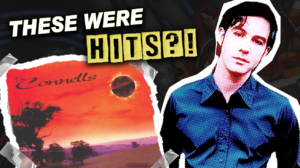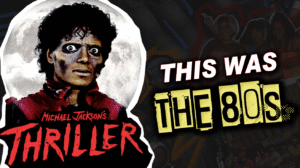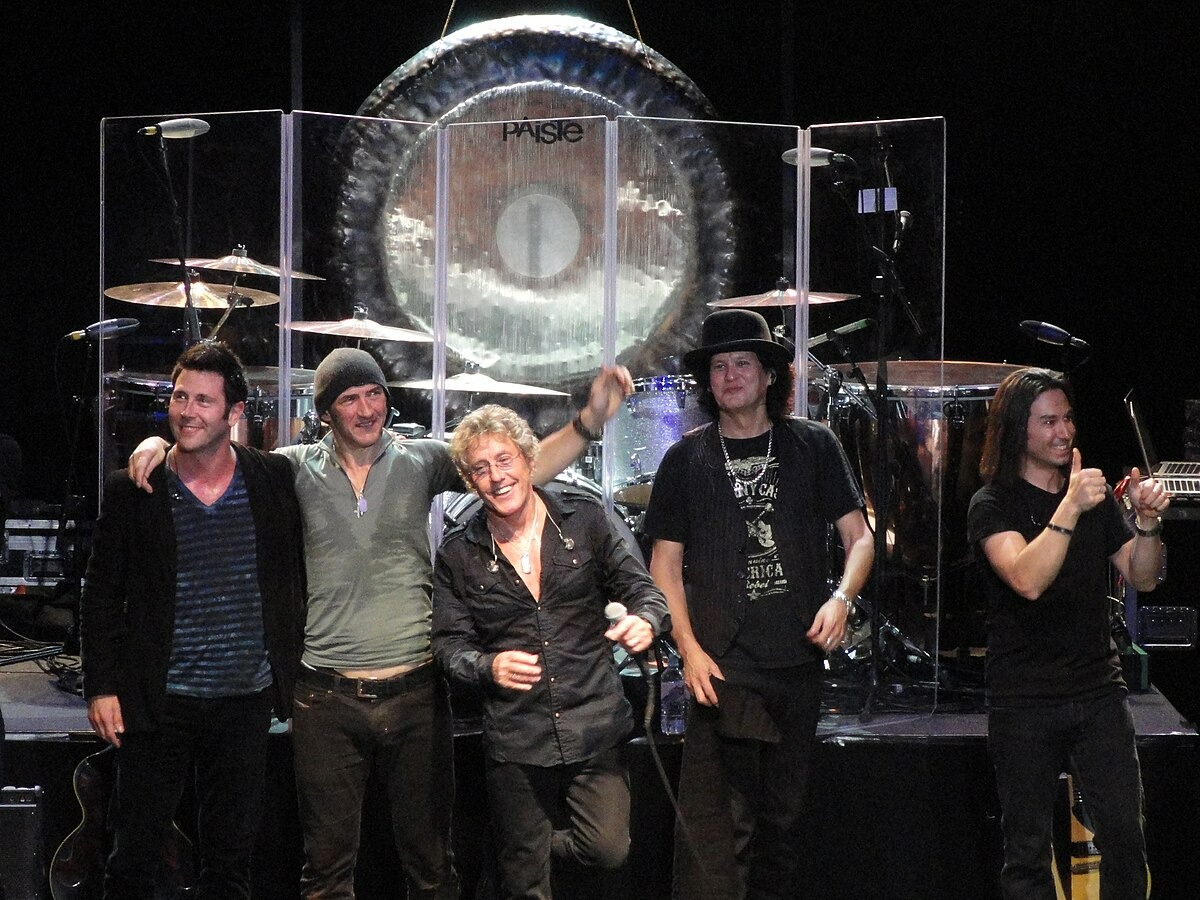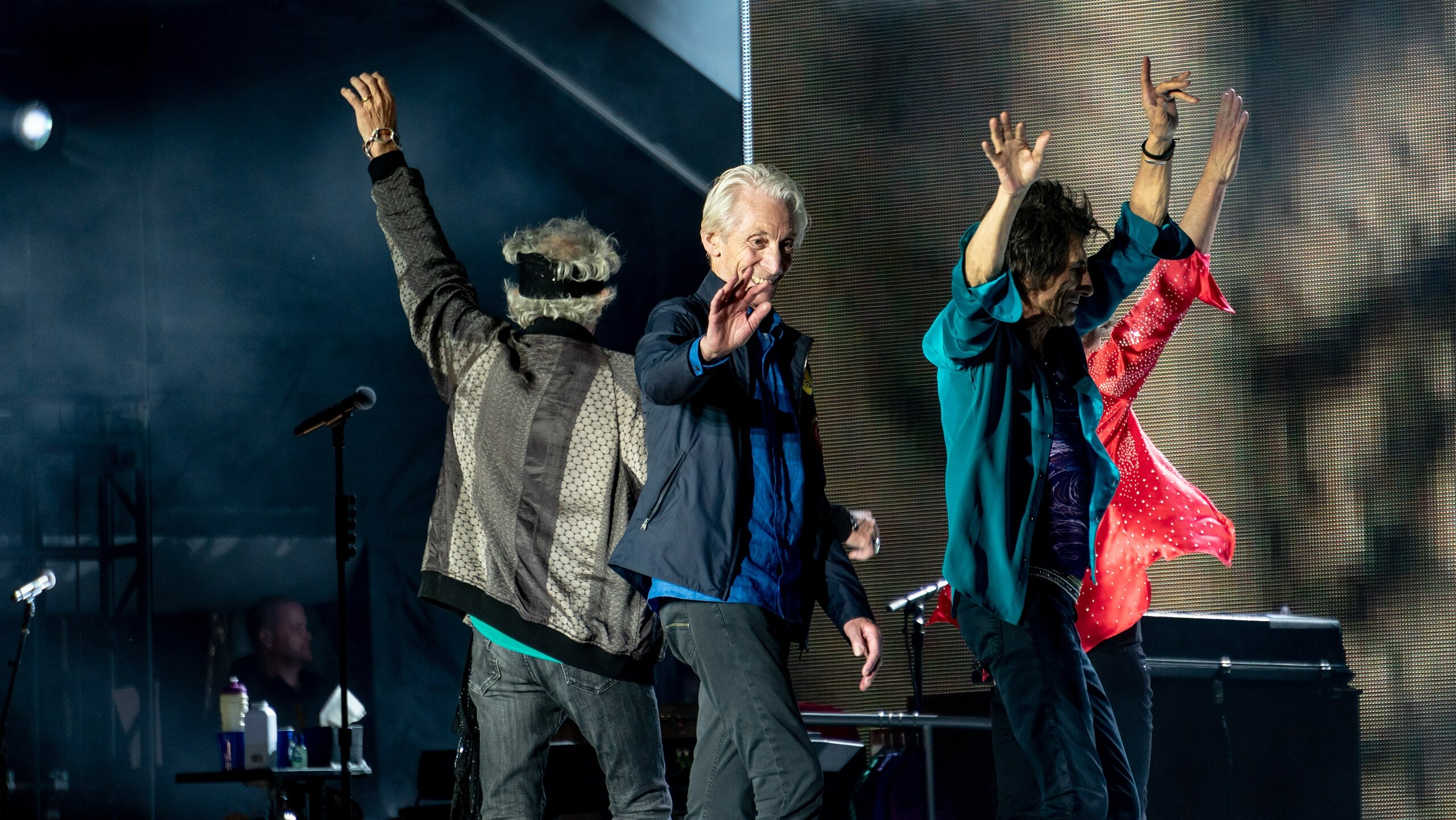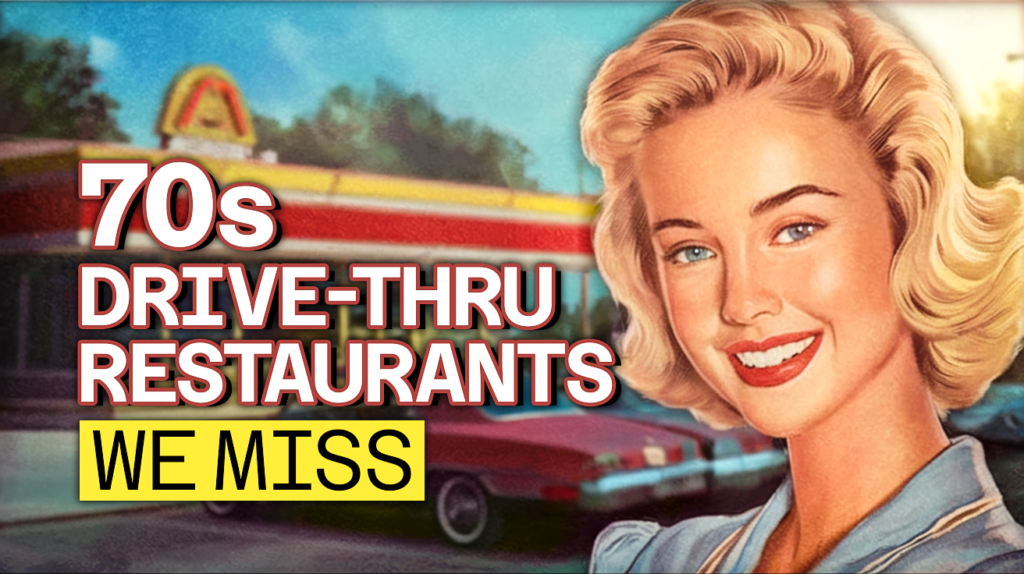
Finding good fast food today often means settling for the same big chains everywhere. Back in the 1970s, regional drive-thru restaurants offered unique flavors and experiences that built loyal followings. These forgotten chains pioneered concepts we take for granted now.
From barn-shaped buildings to the first kids’ meals, these restaurants changed how Americans eat on the go.
17. Burger Chef
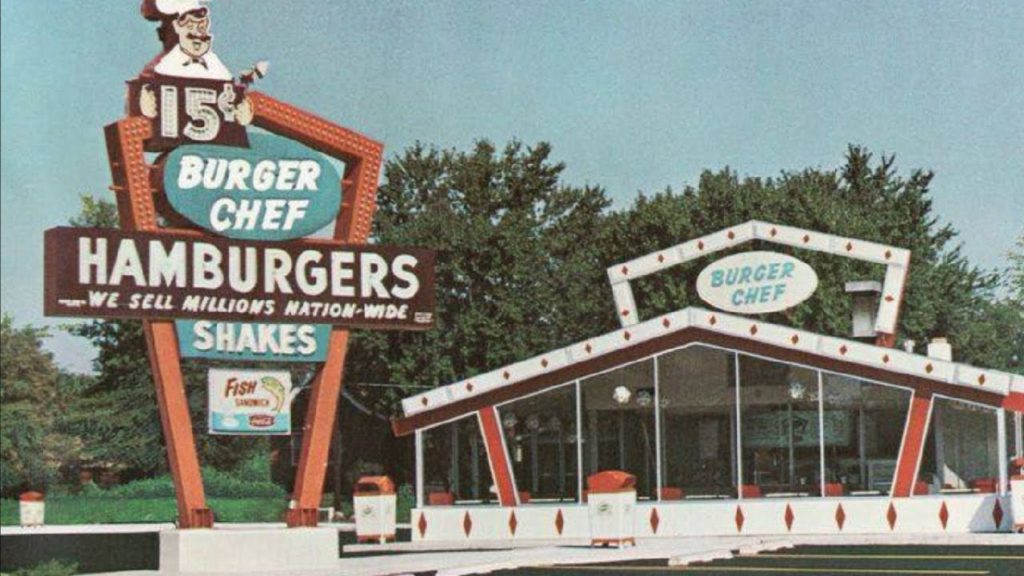
Indianapolis saw the birth of Burger Chef back in 1954, kicking off what would become a fast food powerhouse that changed how Americans grabbed dinner on the go. The chain spread like wildfire, hitting a whopping 1,500 locations across North America by the early ’70s, popping up all over the States and jumping into Canada too. Burger Chef wasn’t just another burger joint – they cooked up game-changers like the Big Chef and Super Chef burgers, but their real claim to fame? They dreamed up the Fun Meal way before McDonald’s got around to their Happy Meal gimmick. When you see a kid’s face light up getting a meal with a toy today, you’re watching Burger Chef’s legacy in action – they forever changed how burger joints hook the family crowd.
16. Gino’s Hamburgers

Back in ’57, Dundalk, Maryland folks got their first taste of Gino’s Hamburgers, and man, did those sirloin burgers and hefty Gino Giants draw crowds. This Mid-Atlantic hotspot gradually pushed outward, eventually taking a gamble on Midwest markets in the early ’70s where folks weren’t quite as familiar with the name. Marriott Corporation scooped them up in ’82, flipping many spots into Roy Rogers restaurants in one of those corporate shuffles that defined the era. Those legendary Gino Giant burgers—which would give today’s fancy-pants “gourmet” burgers a run for their money—vanished in ’86, but their influence on how folks in the Mid-Atlantic expect their burgers to taste is still going strong all these decades later.
15. Henry’s Hamburgers
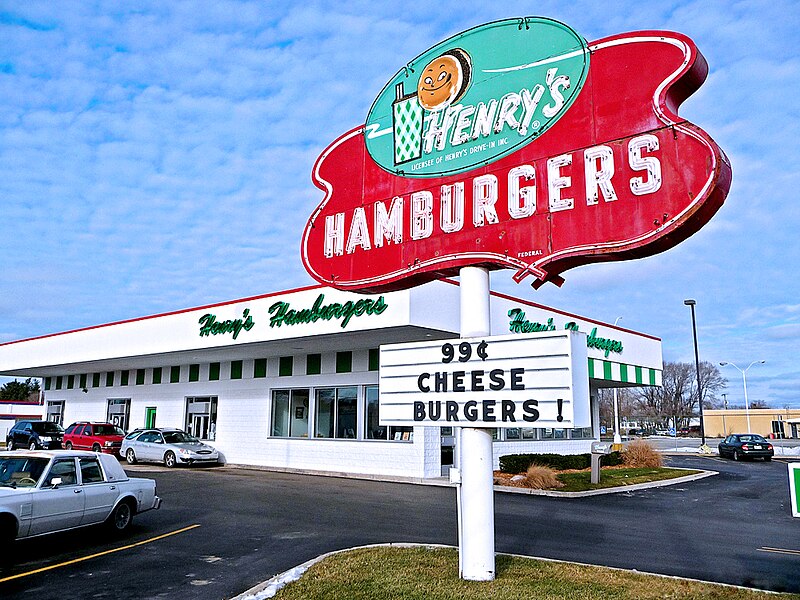
Looking to sell more ice cream, some clever folks launched Henry’s Hamburgers in ’54, accidentally creating a burger powerhouse that briefly left McDonald’s in the dust. The plan worked like gangbusters, letting them spread to 35 Chicago-area locations by ’56, becoming a big name around the Windy City. Budget-minded families flocked to Henry’s for their dirt-cheap 15-cent hamburgers, making them a serious player when burger joints were just taking off. The big national chains slowly squeezed Henry’s out through the mid-’70s. That lone Henry’s still flipping patties in Benton Harbor, Michigan is like a time machine to the days when a small ice cream outfit nearly changed the whole burger game before those golden arches took over the world.
14. Red Barn

Springfield, Ohio folks watched the first Red Barn pop up in ’61, introducing those can’t-miss barn-shaped restaurants that stood out like sore thumbs along highways. The idea caught on like crazy, spreading to 300 locations across nineteen states and even jumping overseas to Canada and Australia. Their catchy jingle “When the hungries hit, hit the Red Barn” got stuck in everybody’s head during the burger wars of the ’60s and ’70s. If you’ve ever cruised past a weirdly barn-shaped insurance office or flower shop, chances are you’re eyeballing the ghost of a Red Barn restaurant—physical leftovers of an age when having a funky building was how burger joints stood out before everybody started competing with wild menu items.
13. Sandies
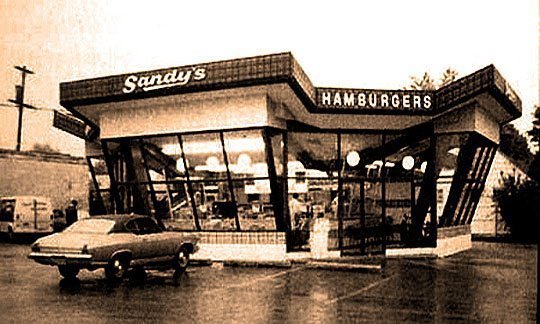
When four businessmen couldn’t land a McDonald’s franchise back in ’58, they rolled up their sleeves and created Sandies instead, launching in Urbana, Illinois with similar grub but without all the corporate red tape. This Illinois chain gradually picked up steam, reaching over 120 locations while letting local managers make decisions that the big national outfits wouldn’t dream of allowing. As the big boys with deeper pockets cranked up the heat, Sandies owners eventually threw in the towel and switched to Hardee’s franchises. All those slick drive-through designs and custom ordering setups that Sandies pioneered? They’re why you can zip through and grab your burger fix in minutes today, though you probably never heard who to thank for it.
12. Noggles
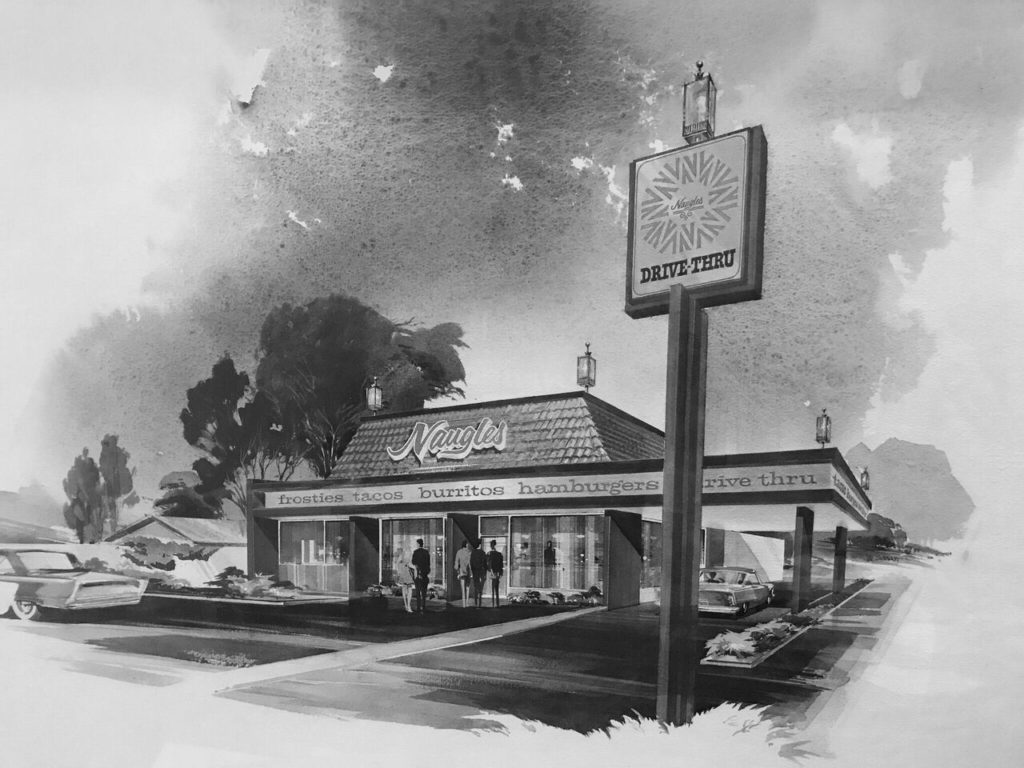
Dick Nogle jumped into the fast food game in 1970 with Noggles, bringing fresher, more authentic Mexican-American grub to Southern California when most places were still burger-obsessed. Their fresh ingredients and kick-butt flavors helped them explode across the region, hitting over 200 locations at their peak. Del Taco gobbled up the successful chain in ’88, gradually turning all the Noggles signs into Del Taco ones until the last one disappeared in ’95. Those distinctive Noggles recipes—which you might still recognize hiding in some Del Taco menu items today—helped turn millions of Americans onto Mexican flavors before tacos became as American as, well, hamburgers.
11. Wetson’s
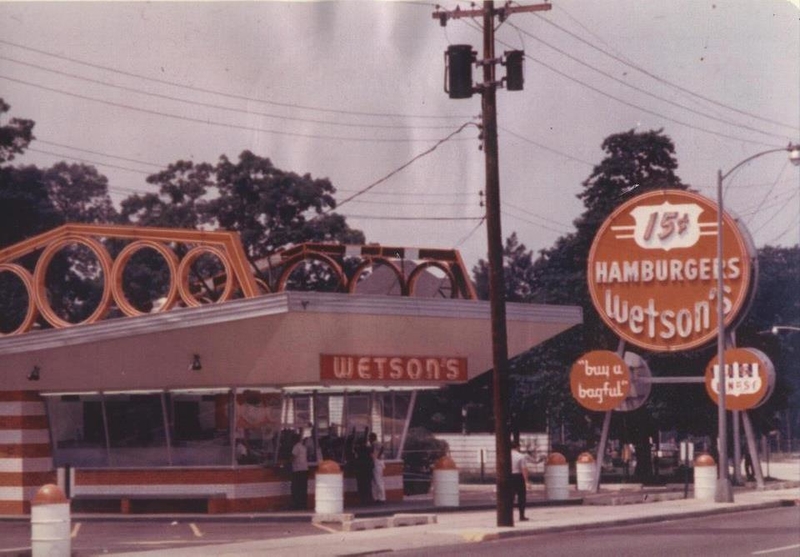
New Yorkers got their own answer to Mickey D’s when Wetson’s hit the scene in ’59, quickly becoming a Big Apple favorite. These local heroes cooked up hits like the Big W burger and started slinging breakfast sandwiches for commuters way before that became the thing to do. By the early ’70s, the big national chains were throwing serious advertising money around, putting the squeeze on hometown operations like Wetson’s. The breakfast sandwich revolution that Wetson’s kicked off—something you probably scarfed down this morning without thinking twice about—completely changed Americans’ morning routines decades before anyone had uttered the words “Egg McMuffin.”
10. All-American Burger
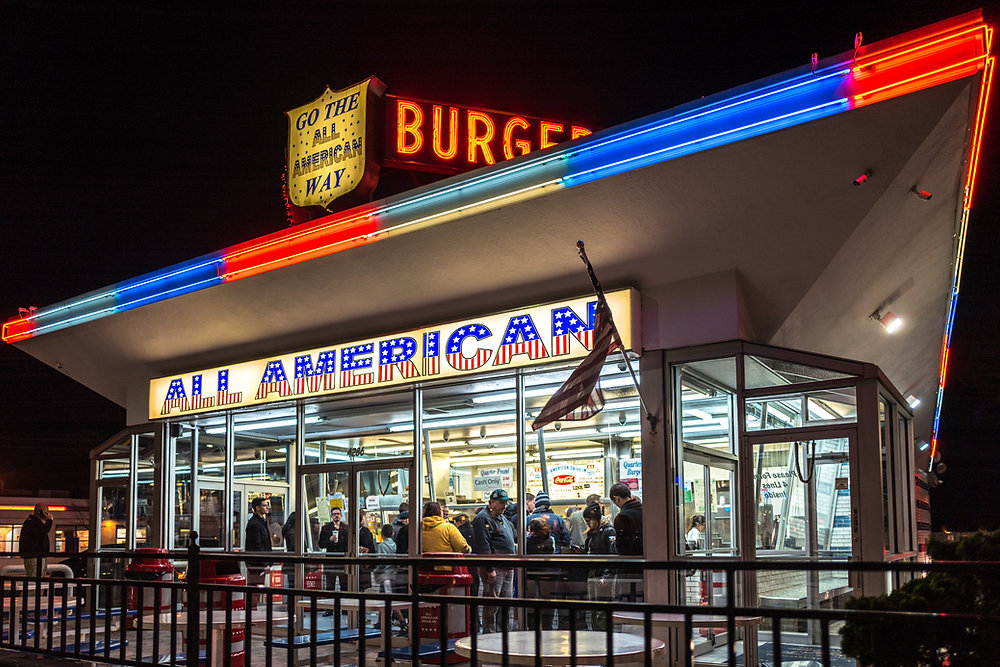
All-American Burger fired up their grills in ’63, making a name in New York by focusing on classic burger-making instead of marketing hoopla. This local joint hit the jackpot with an unexpected starring role in the 1982 hit flick “Fast Times at Ridgemont High,” getting their sign in front of moviegoers nationwide. Sticking to their guns on quality instead of going expansion-crazy helped them keep their neighborhood vibe through all the fast food fads that came and went. Though the last burger flipped in 2010, All-American’s movie fame means kids who weren’t even born when the restaurants existed still recognize that red, white, and blue sign—proving sometimes a brief Hollywood moment outlasts decades of actual burger-slinging.
9. Hot ‘n Now
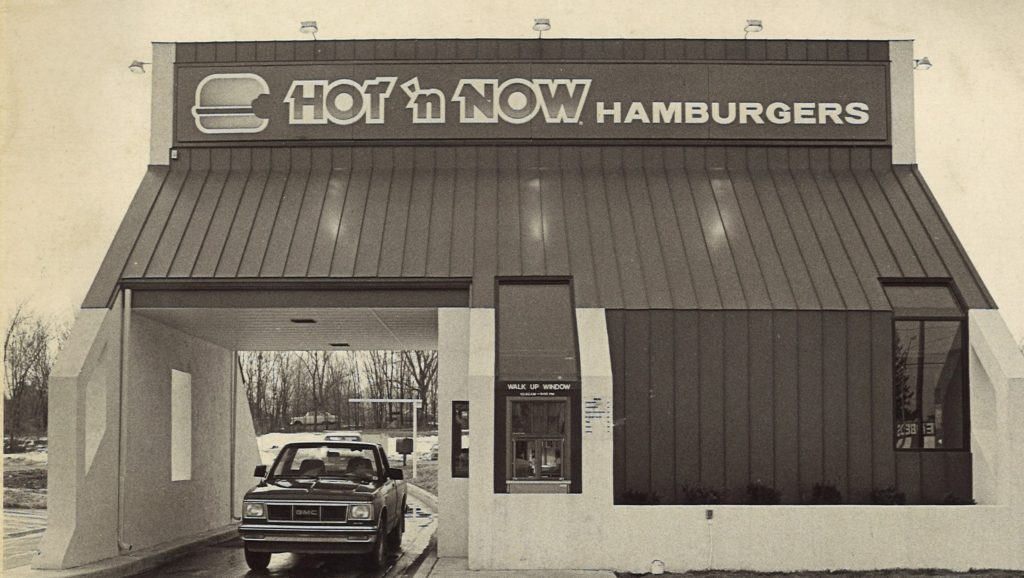
Kalamazoo, Michigan folks saw something completely different in 1984 when Hot ‘n Now rolled out with a stripped-down approach: drive-through only, no dining rooms, no fuss. Those bright orange roofs were impossible to miss, promising freshly made burgers faster than anybody thought possible. Big-shot PepsiCo spotted the winning formula and snatched them up, adding them to their fast food collection alongside Taco Bell and Pizza Hut. That frustration bubbling up when you’ve waited more than three minutes in a drive-through lane? You can blame Hot ‘n Now for setting the “fast” standards that drive-throughs still chase today, long after those orange roofs vanished from the roadside.
8. Carol’s

Carol’s jumped into the burger battlefield in 1960 when the fast food turf war was really heating up, positioning themselves as the local alternative to the spreading McDonald’s and Burger King empires. Smart location hunting helped them grow to roughly 150 spots, focusing on neighborhood tastes that the big national chains often overlooked. By the early ’70s, the money pressures mounted as the big boys ramped up their advertising blitzes and expansion blueprints. Those prime corner lots Carol’s snagged—spots you probably hit up as Burger Kings today—show how the little guys often did the hard work finding the best locations before the industry giants swooped in and took over their territory.
7. Here’s

The Pacific Northwest got its own homegrown burger joint in ’62 when Here’s fired up the grill, focusing on regional flavor preferences with specialty burger recipes and extra-thick milkshakes. Their comfy dining rooms provided hangout spots that stood apart from the utilitarian, get-’em-in-get-’em-out philosophy of the national chains. The big boys’ aggressive expansion gradually squeezed Here’s out of the picture throughout the ’70s despite locals remaining loyal to the end. Those unique Northwest flavor profiles that made Here’s special—think wild berry shakes and salmon-inspired secret sauces—still pop up on local restaurant menus today, keeping the culinary torch burning long after the chain folded.
6. Zantigo
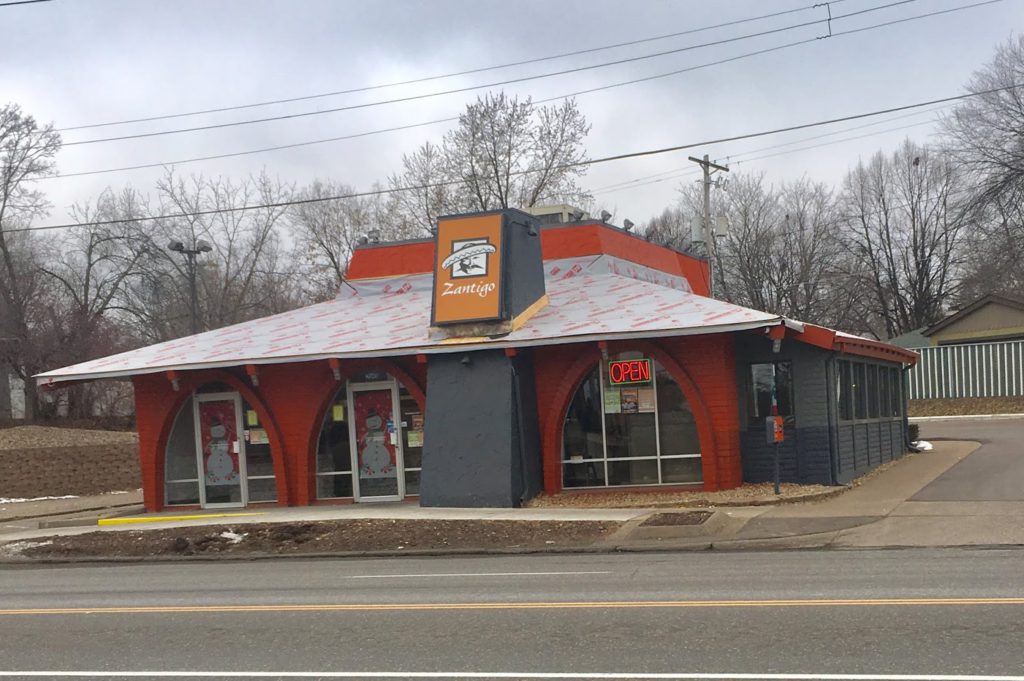
Late ’60s fast food fans craving Mexican-inspired grub found a tastier alternative when Zantigo swung open its doors, cooking up menu items that packed more authentic punch than the competition. Their creative recipes and quality ingredients built a dedicated fan club, eventually letting Zantigo outsell Taco Bell in several head-to-head market battles. KFC’s suits swooped in and bought the successful chain, ultimately folding it into Taco Bell operations despite Zantigo’s proven popularity. Next time you bite into a Taco Bell item that tastes surprisingly legit compared to their usual stuff, you might be experiencing Zantigo’s ghost on the menu—a competitor so dangerous they had to be bought out rather than beaten fair and square.
5. Delights of America
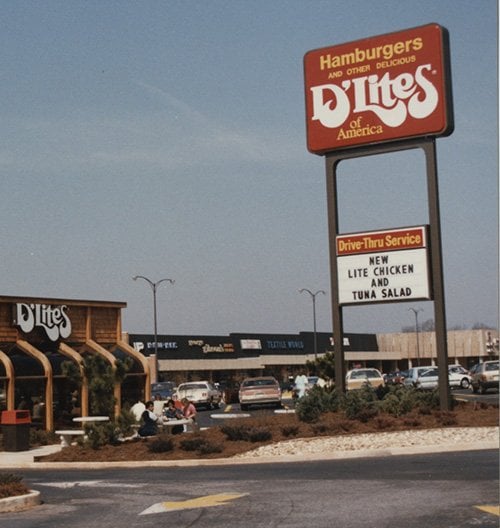
The greasy fast food scene got a shock in 1978 when Delights of America showed up with menu items focused on nutrition before anybody was counting calories or worrying about cholesterol. Early customers dug the healthier approach, helping the chain expand quickly as the first wave of health-conscious eaters embraced fast food that wouldn’t require loosening their belts. The established burger giants kept their iron grip on the market despite the growing interest in better-for-you options, making life tough for smaller operations with limited advertising budgets. All those healthy fast food options you see everywhere today—from salad bars to calorie counts on menus to plant-based alternatives—started with ahead-of-their-time operations like Delights of America who saw the healthy eating wave coming decades before it crashed onto the fast food shore.
4. Burger Queen

With its playful name and family-friendly atmosphere, Burger Queen carved out its niche as a refreshing change from the increasingly cookie-cutter national chains of the era. When they transformed into Druther’s (DRS), they weren’t just changing signs—they were reinventing themselves for changing times while keeping the food customers had come to love. Locals stuck with them through the name change, though the relentless expansion of the big national players kept turning up the heat. The rebranding lessons from Burger Queen’s identity makeover still get studied by fast food marketing whizzes facing similar challenges—showing that sometimes in the burger business, you’ve gotta change your skin to stay in the game.
3. Rax Roast Beef

Skipping the burger bandwagon entirely, Rax burst onto the scene in ’67 slinging thinly-sliced roast beef sandwiches when most fast food meant flat patties on buns. Marketing themselves as the premium alternative to standard fast food joints paid off initially, fueling rapid expansion through franchise opportunities across the country. They really shook things up with innovations like massive salad bars and loaded baked potatoes when competitors were still figuring out how to add cheese to a burger. Those 6 remaining locations aren’t just serving sandwiches—they’re preserving the memory of a time when fast food joints actually tried to be fancy, reminding us that bucking the trend sometimes lets you survive when everyone else follows the herd right off a cliff.
2. Roy Rogers

The fast food scene got a taste of the Wild West in ’68 when Roy Rogers restaurants started popping up, bringing higher-quality ingredients and that game-changing fixings bar where you could load up your sandwich just how you wanted it. Their strategic locations along highways and turnpikes helped them become the go-to road trip stop throughout the Eastern seaboard during the ’70s and ’80s. Ownership shuffles and market consolidation led to massive closures despite folks loving their food and unique cowboy vibe. If you’re lucky enough to live near one of the 41 locations still kicking, you’re experiencing a living museum of fast food history—where the “have it your way” philosophy meant actually letting you build your own burger at the fixings bar instead of just a catchy slogan. If you find this restaurant nostalgic, you’ll love revisiting things you grew up with in the 80s.
1. Pup ‘N’ Taco
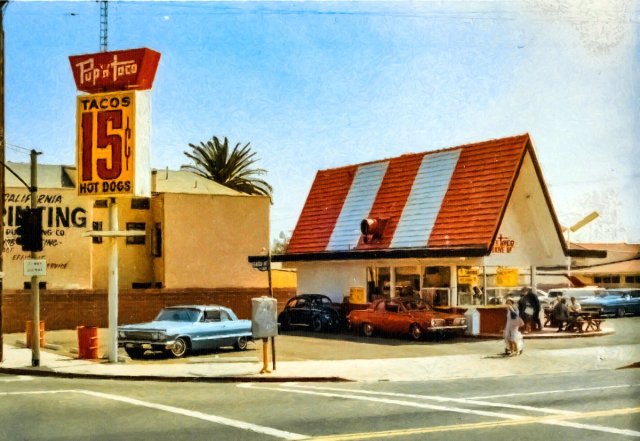
Pup ‘n’ Taco threw out the fast food rulebook when they opened in ’56, boldly offering hot dogs, tacos, AND pastrami sandwiches under one roof when most places stuck to a single type of food. This mix-and-match approach perfectly captured Southern California’s melting pot vibe, drawing in customers tired of boring burger-only menus. Their regional success eventually caught the eye of the corporate bigwigs, leading to Taco Bell swallowing them up in ’84 despite their totally different approach to fast food. The menu-fusion concept Pup ‘n’ Taco pioneered—which seems totally normal as you order Korean tacos or sushi burritos today—was mind-blowing stuff in the ’50s, showing how the little regional players were often years ahead of the trends that would eventually take over mainstream fast food.




